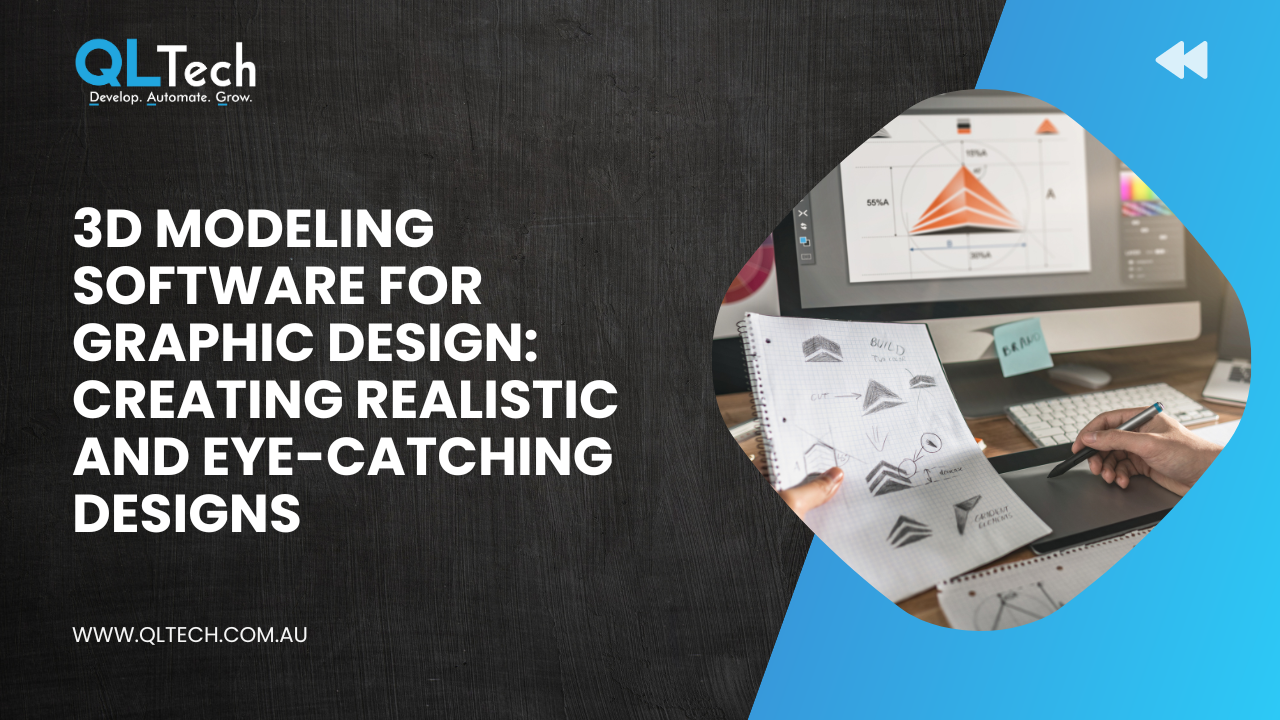In the fast-paced world of digital marketing and sales, understanding the conversion funnel is essential for businesses looking to convert potential customers into loyal clients. A well-structured conversion funnel provides a roadmap for guiding individuals through the decision-making process, from the initial spark of interest to the final click of the “Buy Now” button. In this comprehensive guide, we will unravel the intricacies of the conversion funnel, explore its various stages, delve into key metrics and KPIs, and equip you with strategies to boost your conversion rates.

Chapter 1: What is a Conversion Funnel?
At its core, a conversion funnel is a visual representation of a customer’s journey from being a prospective lead to becoming a paying customer. It outlines the stages individuals go through as they interact with your brand, products, or services. We’ll begin by defining the concept and exploring its pivotal role in modern marketing.
Chapter 2: Stages of the Conversion Funnel
The conversion funnel is often divided into three main stages:
a. Top of the Funnel (TOFU): At this stage, potential customers become aware of a problem or need. We’ll discuss strategies for capturing their attention and nurturing their interest.
b. Middle of the Funnel (MOFU): In the consideration stage, customers evaluate solutions and consider your offering. We’ll explore how to provide valuable information and build trust during this critical phase.
c. Bottom of the Funnel (BOFU): This is where the decision to make a purchase or take a specific action is made. We’ll delve into tactics for closing deals and turning leads into customers.
Chapter 3: Key Metrics and KPIs
To gauge the effectiveness of your conversion funnel, you need to track specific metrics and Key Performance Indicators (KPIs). We’ll break down essential metrics like Conversion Rate, Click-Through Rate (CTR), Cost Per Acquisition (CPA), Customer Lifetime Value (CLV), and Churn Rate, explaining how they help you measure and improve your funnel’s performance.
Chapter 4: Optimising the Conversion Funnel
Optimisation is the key to a high-converting funnel. This chapter explores various strategies and techniques, including creating relevant content, A/B testing, personalisation, reducing friction, retargeting, and mobile optimisation.
Chapter 5: Conversion Funnel Examples
We’ll provide real-world examples of conversion funnels in action, including:
- E-commerce Funnel: Exploring how online retailers guide customers from browsing to purchase.
- SaaS Funnel: Detailing how software-as-a-service companies convert free users into paying customers.
- Lead Generation Funnel: Analysing B2B lead generation and nurturing strategies.
- Nonprofit Donation Funnel: Examining how nonprofits engage donors and secure contributions.
Chapter 6: Tools and Technologies
Discover the essential tools and technologies that facilitate conversion funnel management, including Customer Relationship Management (CRM) systems, marketing automation software, analytics and tracking tools, and A/B testing platforms.
Chapter 7: Case Studies
Explore real-life case studies of successful conversion funnel implementations. These examples will provide valuable insights into how businesses have achieved conversion success through strategic funnel optimisation.
Chapter 8: Common Challenges and Solutions
Learn how to overcome common challenges in conversion funnel optimisation, including high abandonment rates, low conversion rates, and ineffective lead nurturing. We’ll provide practical solutions to address these issues.
Chapter 9: Future Trends in Conversion Optimisation
Stay ahead of the curve by exploring future trends in conversion optimisation, such as the role of Artificial Intelligence (AI) and Machine Learning, the impact of voice search and smart assistants, and the importance of behavioral analytics.
Chapter 10: Conclusion
We’ll wrap up by emphasising the ongoing importance of conversion funnel optimisation in today’s dynamic business landscape. We’ll summarise key takeaways and leave you with actionable insights to enhance your conversion funnel strategies.
In this comprehensive guide, we’ll equip you with the knowledge and tools needed to understand, implement, and optimise conversion funnels effectively. Whether you’re a seasoned marketer or just starting your entrepreneurial journey, mastering the conversion funnel is essential for driving growth and success in the digital age. Stay tuned for a deep dive into the world of conversion funnels and unlock the secrets to higher conversion rates and happier customers.
